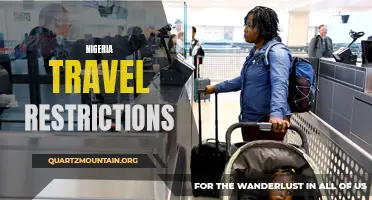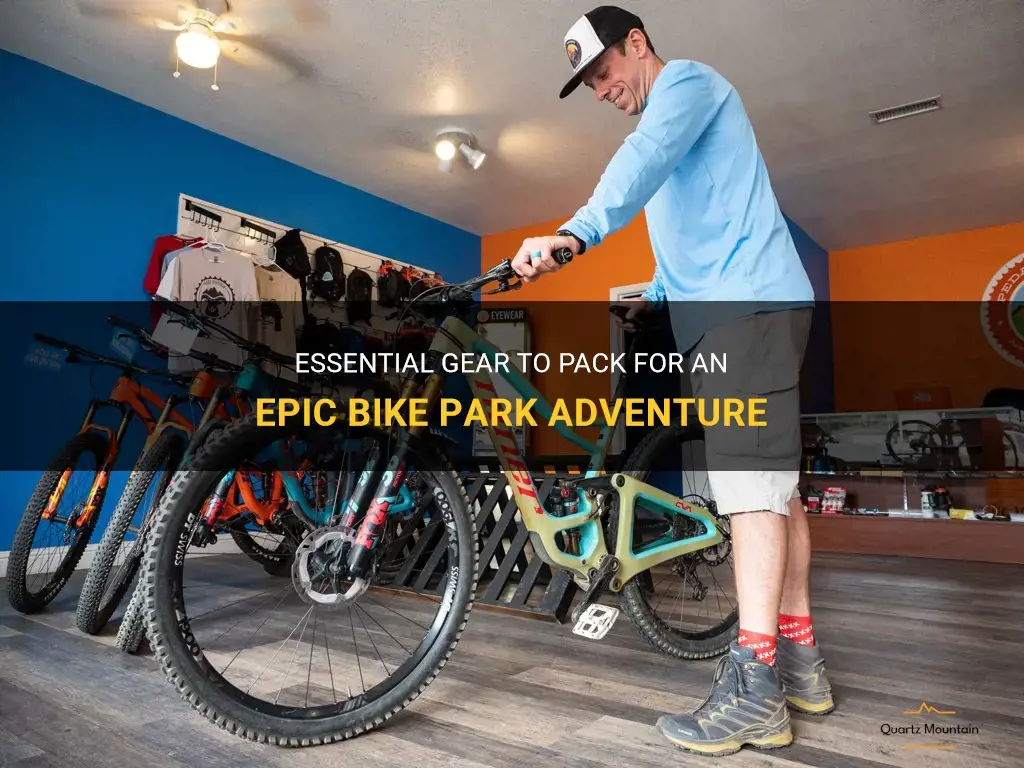
Are you ready to take on the challenge of an epic bike park adventure? Before you hit the trails, it's important to make sure you have all the essential gear packed and ready to go. From protective gear to reliable tools, having the right equipment can make all the difference in having a successful and enjoyable ride. In this article, we'll explore the must-haves for any bike park adventure, ensuring you're prepared for anything that comes your way on the trails. Strap on your helmet, tighten your gloves, and get ready to gear up for an unforgettable two-wheeled adventure!
| Characteristics | Values |
|---|---|
| Helmet | Required |
| Gloves | Recommended |
| Knee pads | Recommended |
| Elbow pads | Recommended |
| Neck brace | Optional |
| Body armor | Optional |
| Goggles | Recommended |
| Water bottle | Required |
| Snacks | Recommended |
| Bike lock | Recommended |
| Bike tool kit | Recommended |
| Spare tube | Recommended |
| Pump | Recommended |
| First aid kit | Recommended |
| Extra clothing | Recommended |
What You'll Learn
- What essential safety gear should be packed for a bike park trip?
- What kind of clothing is suitable for biking at a bike park?
- Are there any specific tools or equipment that should be packed for maintenance and repairs at a bike park?
- What type of food and hydration should be packed for a day at a bike park?
- Are there any specific items or accessories that are recommended for a bike park trip, such as knee or elbow pads?

What essential safety gear should be packed for a bike park trip?
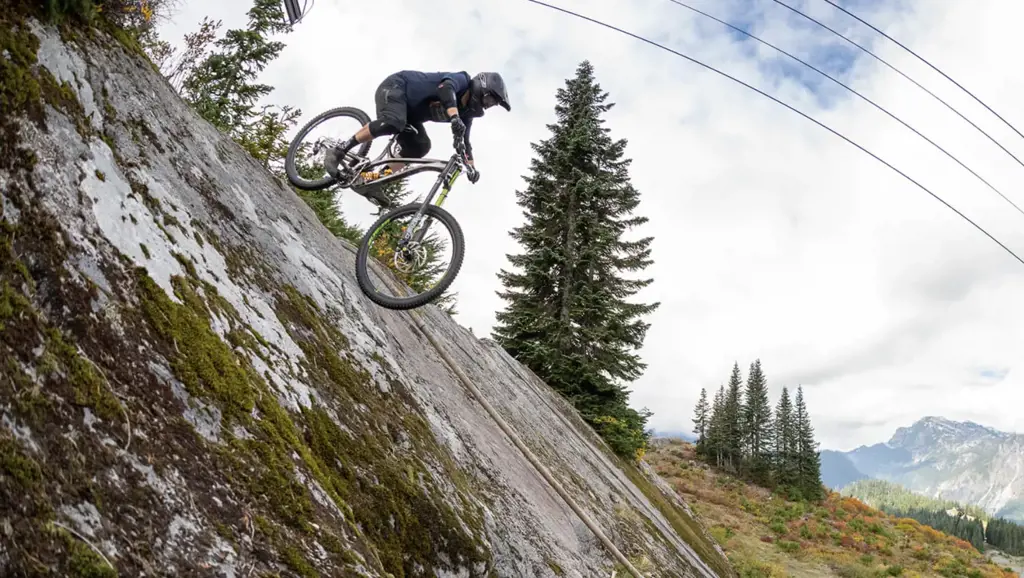
Bike parks can be an exciting and exhilarating experience for riders of all skill levels. However, it's important to remember that biking in a park, just like any other sport, carries a certain level of risk. To ensure your safety and the safety of others, it's essential to pack the right safety gear before embarking on a bike park trip. Here are some essential items to consider:
- Helmet: A properly fitted helmet is the most important piece of safety gear for any bike park trip. It protects your head in case of a fall or collision and can prevent serious head injuries. Look for a helmet that meets the appropriate safety standards, such as those set by the CPSC or ASTM.
- Knee and Elbow Pads: Falls are common in bike parks, especially when attempting jumps or tricks. Knee and elbow pads provide cushioning and protection to these vulnerable joints. They can help prevent fractures, bruises, and abrasions in case of a crash.
- Gloves: Gloves provide grip and protection for your hands. They can prevent blisters and scrapes that may occur from gripping the handlebars tightly or from falling. Look for gloves with good padding and ventilation to ensure comfort during long rides.
- Protective Eyewear: Dust, debris, and bugs can obstruct your vision while riding. Wearing protective eyewear, such as goggles or sunglasses, can shield your eyes from these hazards. Additionally, they offer protection from branches and other objects that may come in contact with your face during a fall.
- Upper Body Armor: If you plan on tackling more aggressive trails or jumps, consider wearing upper body armor. This gear typically includes a chest protector, shoulder pads, and back protection. It provides extra protection for your torso and can absorb impact in case of a crash.
- Bike Shoes: Proper footwear can enhance your performance and safety while riding. Look for shoes specifically designed for mountain biking, as they offer better grip and support. Stiff soles can help transfer power from your legs to the pedals, while reinforced toe boxes protect your feet from rocks or branches.
- Hydration Pack: Staying hydrated during your bike park trip is crucial. A hydration pack with a built-in water bladder allows you to carry a sufficient amount of water without hampering your movement. It also provides storage space for snacks, tools, and other essential items.
Remember, it's not just important to pack the right safety gear, but also to ensure it fits properly and is in good condition. Gear that is too loose or worn out may not offer the desired level of protection. Regularly inspect and replace any damaged or worn-out gear to maintain your safety on the trails.
In conclusion, when preparing for a bike park trip, it's essential to pack the right safety gear to protect yourself from potential injuries. A helmet, knee and elbow pads, gloves, protective eyewear, upper body armor, bike shoes, and a hydration pack are some of the essential items to consider. Ensure that the gear fits properly and is in good condition to offer the maximum level of protection. Safe riding!
Essential Items to Pack for Independent Travel
You may want to see also

What kind of clothing is suitable for biking at a bike park?
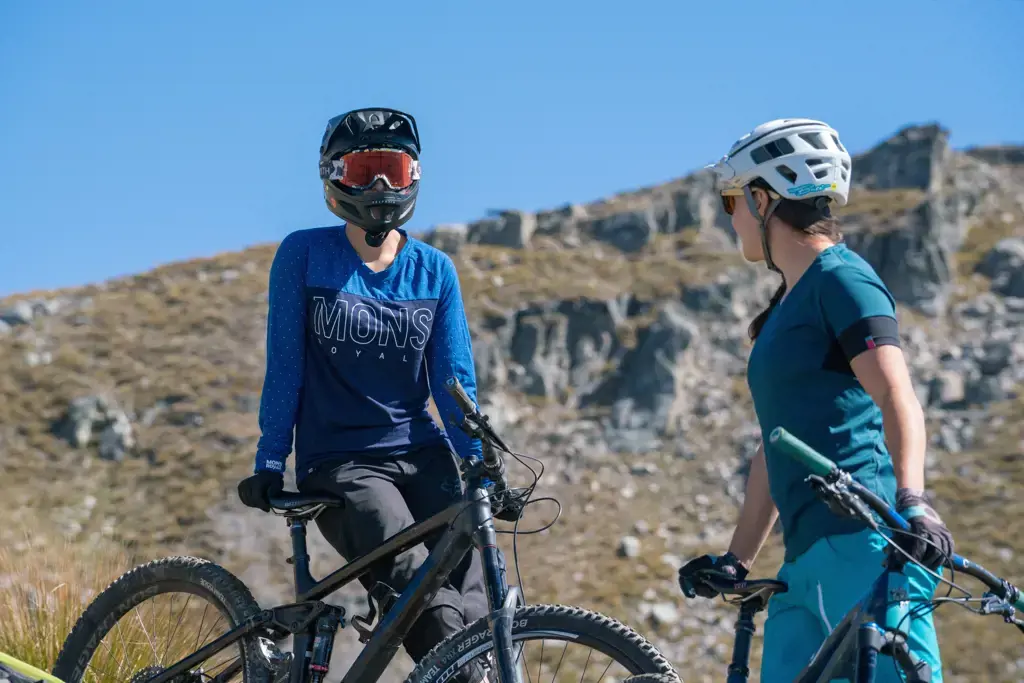
When it comes to biking at a bike park, it's important to wear clothing that is not only comfortable but also provides the necessary protection. Biking at a bike park can be an exhilarating experience, but the nature of the sport also carries some risks. Wearing the right clothing can help minimize these risks and ensure that you can enjoy your ride to the fullest.
One of the most important aspects to consider when choosing clothing for biking at a bike park is protection. You'll want to wear clothing that will protect you in case of falls or crashes. This includes a helmet, knee pads, elbow pads, and gloves. These items are crucial in protecting your head, joints, and hands, which are most prone to injury during biking accidents. It's important to choose high-quality protective gear that fits properly and is certified for biking.
Besides protection, comfort is also key when it comes to choosing clothing for biking at a bike park. You'll be spending a lot of time in the saddle, so it's important to wear moisture-wicking and breathable clothing to keep you cool and dry. Look for cycling-specific jerseys and shorts made from materials like polyester or spandex that allow for maximum flexibility and movement. Adding a pair of padded cycling shorts can also enhance your comfort during longer rides and provide extra cushioning for your seat.
In terms of footwear, it's recommended to wear shoes that are specifically designed for biking. Flat pedal shoes or clipless shoes with compatible pedals are the most common choices. It's important to have good grip on your pedals to maintain control while biking. Avoid wearing regular sports shoes with smooth soles as they can cause your feet to slip off the pedals, increasing the risk of accidents.
When it comes to choosing the right clothing for biking at a bike park, it's always a good idea to dress in layers. This allows you to adjust your clothing according to the weather conditions and your level of exertion. Start with a breathable base layer that wicks away moisture, then add a cycling jersey and/or a lightweight jacket or vest for added warmth. Don't forget to bring a waterproof or windproof outer layer in case of unexpected weather changes.
Lastly, don't forget about accessories. Sunglasses can protect your eyes from dust, debris, and harmful UV rays. A hat or a cap can also provide additional protection from the sun and keep sweat out of your eyes. If you plan to ride in low-light conditions, consider wearing a high-visibility vest or adding reflective strips to your clothing for better visibility to other riders and motorists.
In conclusion, when biking at a bike park, it's important to wear clothing that provides both protection and comfort. Start with a helmet and protective gear for your head, joints, and hands. Opt for moisture-wicking and breathable clothing that allows for flexibility and movement. Choose appropriate footwear for biking, and dress in layers to adapt to changing weather conditions. Don't forget about accessories such as sunglasses, hats, and reflective gear. By wearing the right clothing, you can ensure a safer and more enjoyable biking experience at a bike park.
What Items to Pack for a Summer Trip to Iceland: Your Ultimate Guide
You may want to see also

Are there any specific tools or equipment that should be packed for maintenance and repairs at a bike park?
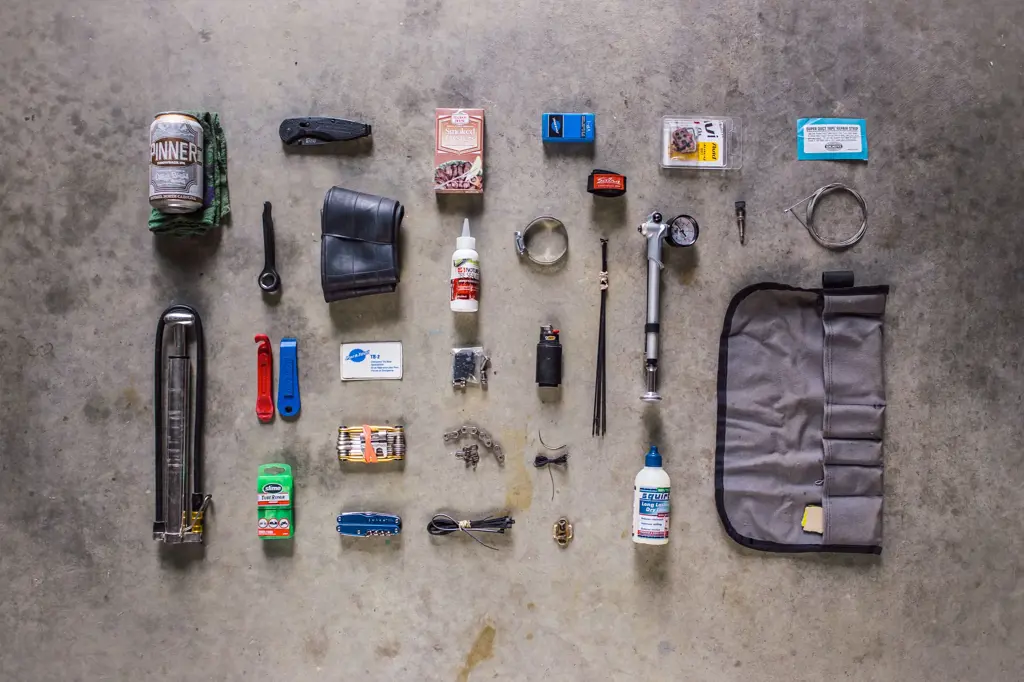
Maintaining and repairing a bike park requires the right tools and equipment. Keeping your bike park in excellent condition is crucial for providing a safe and enjoyable experience for riders. Whether you're a bike park owner, manager, or maintenance crew member, it's important to have the right tools on hand to ensure smooth operations and minimize downtime. In this article, we'll discuss some specific tools and equipment that should be packed for maintenance and repairs at a bike park.
Basic Hand Tools:
- Allen wrenches (metric and standard): Allen wrenches are essential for adjusting various bike components such as handlebars, seatposts, and brake levers.
- Screwdrivers: Having a variety of screwdrivers (Phillips head and flathead) is important for addressing loose components and making general adjustments.
- Adjustable wrenches: These versatile tools can be used for tightening or loosening nuts and bolts of different sizes.
- Pliers: Pliers come in handy for tasks like gripping, holding, and pulling cables or wires.
Bike Repair Stand:
A bike repair stand provides a stable platform to secure the bike while working on it. It allows for easier access to all parts of the bike, making maintenance and repairs more efficient and comfortable.
Tire Repair Kit:
Flat tires are a common occurrence at bike parks. A tire repair kit should include tire levers, puncture patches, and a portable pump. This kit allows for quick and easy flat tire repairs, keeping the bikes on the trail and minimizing downtime.
Chain Wear Checker:
A chain wear checker is a useful tool for determining if a bike's chain needs to be replaced. This tool measures the elongation of the chain, helping prevent premature chainring and cassette wear.
Brake Bleeding Kit:
Bike park bikes endure constant braking, which can lead to air bubbles in the brake lines. A brake bleeding kit allows for the removal of air bubbles and ensures optimal brake performance. This kit typically includes bleed syringes, tubing, and brake fluid.
Suspension Fork and Shock Tools:
If your bike park features bikes with suspension forks or shocks, it's essential to have the necessary tools for maintenance and tuning. This includes suspension pumps for adjusting air pressure, suspension wrenches for adjusting settings, and seal kits for servicing the suspension components.
Spoke Wrench:
A spoke wrench is a crucial tool for truing and tensioning bicycle wheels. It allows for precise adjustments to ensure the wheels are straight and properly tensioned.
Lubricants and Cleaners:
Proper bike maintenance involves regular cleaning and lubrication. Packing degreasers, chain lubricants, and bike wash solutions will ensure you can keep the bikes in top-notch condition.
Spare Parts and Components:
Having a stock of common spare parts and components is essential for quick repairs. This can include brake pads, derailleur hangers, cables, and housing. Additionally, having an assortment of bolts, nuts, and washers in different sizes will be beneficial.
Safety Gear:
Lastly, don't forget about personal protective equipment (PPE). Bike park maintenance can involve working with sharp tools and potential hazards, so wearing safety glasses, protective gloves, and closed-toe shoes is advisable.
By packing these essential tools and equipment, your bike park maintenance team will be well-prepared to address common repairs and keep the park running smoothly. Having the right tools on hand will not only ensure the safety and satisfaction of riders but also contribute to the longevity of your bike park's infrastructure and equipment.
Essential Items to Pack for a Memorable Falls Festival Experience
You may want to see also

What type of food and hydration should be packed for a day at a bike park?
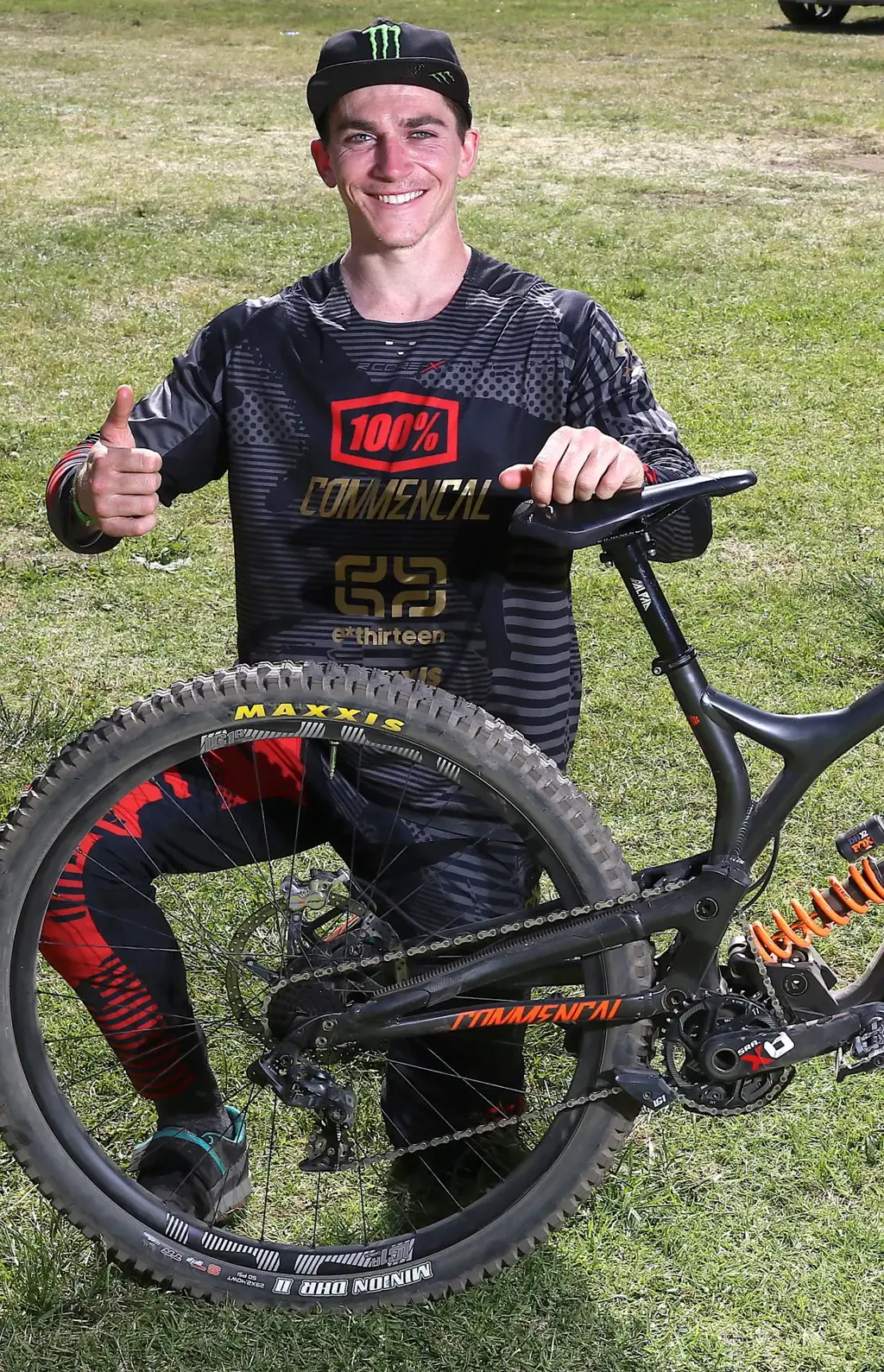
When planning a day at a bike park, it's important to pack the right type of food and hydration to ensure optimal performance and recovery. Whether you're a beginner or an experienced rider, fueling your body with the right nutrients can make a significant difference in your overall ride quality and enjoyment. In this article, we will discuss the best types of food and hydration to pack for a day at a bike park.
Hydration:
Staying hydrated is crucial for maintaining performance and preventing dehydration. When riding at a bike park, you're likely to sweat more than usual due to the physically demanding nature of the sport. It's important to start hydrating even before your ride. Here are some tips for staying hydrated:
- Bring a water bottle or hydration pack: Make sure to pack enough water to last throughout the day. A hydration pack is a convenient option as it allows you to drink while riding without stopping.
- Drink electrolyte-enhanced fluids: Electrolytes help replenish the minerals lost through sweat. Look for sports drinks or electrolyte tablets to add to your water to maintain proper hydration levels.
- Avoid sugary drinks: While it can be tempting to reach for a sugary soda or energy drink, these can lead to a sugar crash later on. Stick to water and electrolyte drinks for optimal hydration.
Pre-ride nutrition:
What you eat before your ride can greatly affect your energy levels and performance. Here are some tips for pre-ride nutrition:
- Carbohydrates: Fuel your body with easily digestible carbohydrates such as fruits, whole grains, and energy bars. Carbs provide the energy needed for sustained riding.
- Protein: Include some protein in your pre-ride meal to support muscle recovery and repair. A combination of lean meats, nuts, or beans can provide the necessary protein.
- Hydration: Don't forget to drink water or a sports drink before your ride to ensure you're properly hydrated.
During-ride nutrition:
Sustaining your energy levels during a day at the bike park is essential. Here are some food options to consider:
- Energy bars or gels: These are convenient snacks that are easily digested and provide a quick boost of energy.
- Trail mix: A mix of nuts, dried fruits, and seeds provides a good balance of carbohydrates, healthy fats, and protein.
- Fruit: Fresh fruits like bananas or oranges can provide a natural source of energy and hydration.
Post-ride recovery:
After a long day on the bike, it's important to refuel and aid in muscle recovery. Here are some post-ride nutrition tips:
- Protein: Consuming protein post-ride helps repair and rebuild muscles. Opt for lean meats, eggs, or plant-based protein sources like tofu or legumes.
- Carbohydrates: Replenish depleted glycogen stores by consuming carbohydrates such as pasta, rice, or potatoes.
- Hydration: Continue to drink water or an electrolyte drink to replenish any lost fluids.
In conclusion, packing the right type of food and hydration for a day at a bike park is essential for optimal performance and recovery. Focus on staying hydrated, consuming a balance of carbohydrates and protein, and choosing convenient and easily digestible snacks. By fueling your body with the right nutrients, you'll be able to enjoy your day at the bike park to the fullest.
Packing Tips: Essential Items to Bring on Lewis and Clark's Expedition
You may want to see also

Are there any specific items or accessories that are recommended for a bike park trip, such as knee or elbow pads?
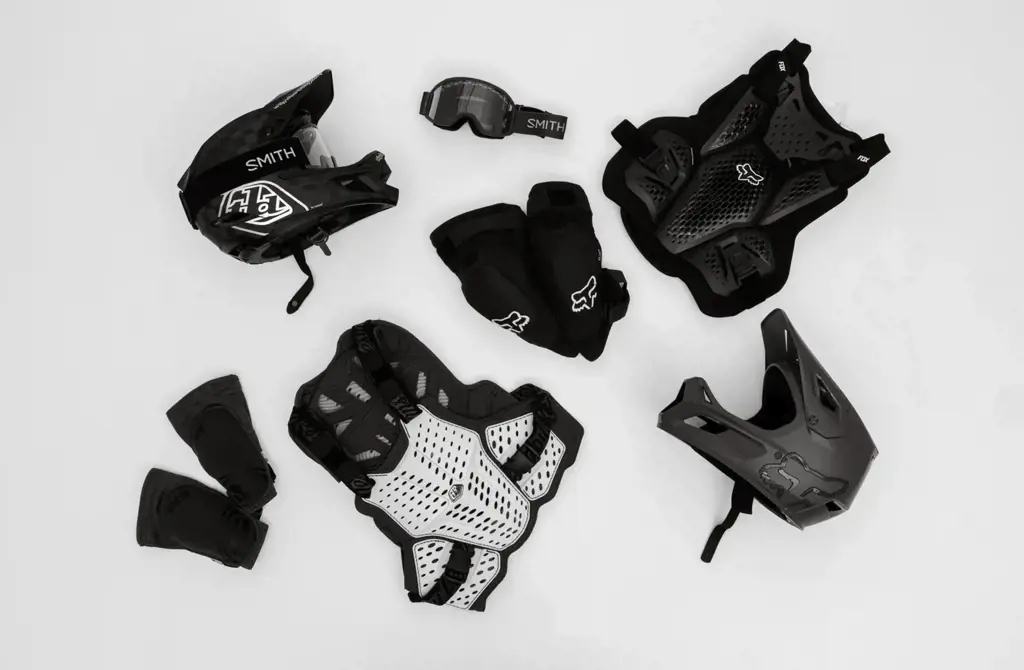
When planning a trip to a bike park, it's important to ensure that you have the right gear to keep you safe and comfortable on the trails. While the specific items and accessories you may need can vary depending on personal preference and skill level, there are a few key pieces of equipment that are generally recommended for a bike park trip.
One of the most important safety items to consider is protective gear, such as knee and elbow pads. These can help protect you from scrapes, bruises, and more serious injuries in the event of a fall or crash. Knee pads are particularly important as they can help protect your knees from impact and abrasion. Elbow pads are also a good idea, as they can protect your elbows during a fall and help prevent injuries like road rash.
Another important item to consider is a helmet. Wearing a helmet is absolutely crucial when riding at a bike park, as it can protect your head in case of a crash or collision. Look for a helmet that is certified for bike park use and fits properly on your head. It's important to ensure that your helmet is in good condition and doesn't have any cracks or damage before heading out on the trails.
In addition to protective gear, it's also a good idea to bring along a set of comfortable and sturdy shoes. Look for shoes that have a grippy sole and provide good support for your feet. This can help you maintain control over your bike and prevent slips and falls.
Other optional items that you may want to consider bringing include gloves, which can provide extra grip on the handlebars and protect your hands in case of a fall, and a hydration pack or water bottle to help you stay hydrated on the trails. It's also a good idea to bring along a small tool kit and spare parts, such as inner tubes and a pump, in case you need to make any repairs while you're out on the trails.
When packing for a bike park trip, it's important to consider the specific trails and terrain that you'll be riding on, as well as your own skill level and comfort preferences. Some riders may also choose to bring additional protective gear, such as a chest or back protector, depending on the level of risk and intensity of the trails they plan to ride.
Overall, the specific items and accessories you'll need for a bike park trip can vary, but it's important to prioritize safety and make sure you have the necessary protective gear, such as knee and elbow pads, a helmet, and sturdy shoes. By being prepared and properly equipped, you can enjoy your bike park trip with added safety and confidence.
Essential Packing List for a Memorable Snowmobile Trip
You may want to see also
Frequently asked questions
When packing for a bike park, it's important to bring essential protective gear such as a helmet, knee pads, elbow pads, and gloves. These will help protect you in case of falls or accidents. Additionally, wear appropriate clothing such as long pants, a comfortable shirt, and sturdy shoes with adequate grip. It's also important to bring a backpack with water, snacks, and any necessary medications.
It's a good idea to bring some basic tools and spare parts in case of mechanical issues or repairs. Consider packing a multi-tool set with various sizes of allen keys, screwdrivers, and a chain breaker. It may also be useful to bring spare tubes, a bike pump, tire levers, and a patch kit. These items can help fix common bike issues on the go and keep you riding without interruption.
In addition to protective gear and tools, there are a few other items you should consider bringing to a bike park. It's important to have a sturdy lock to secure your bike when you're not riding. Some bike parks may also require a valid ID and signed waiver, so make sure to check their specific requirements beforehand. It's also a good idea to bring a portable phone charger, sunscreen, sunglasses, and a first aid kit for any minor injuries or emergencies.


